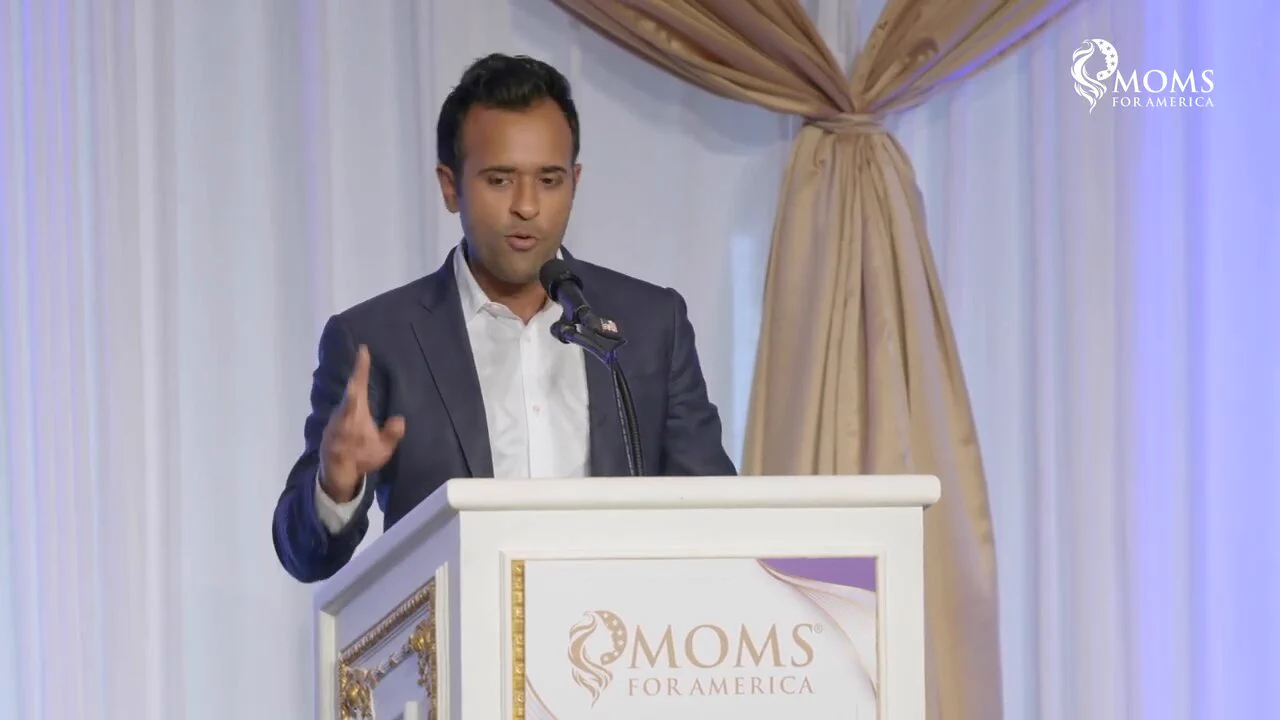
Vivek Ramaswamy
@VivekGRamaswamy
Small-government crusader
If you uttered the facts in this IG report last year, you were labeled a “conspiracy theorist.” It’s also notable that the IG report came out literally the day after Christopher Wray resigned.
When an agency like the SEC is so repeatedly & thoroughly embarrassed in federal court for flouting the law, it loses its legitimacy as a law enforcement body.
Most government projects should come with a clear expiry date. That’s why we set one for @DOGE: July 4, 2026.
We need to scrutinize U.S. government funding of “non-government organizations.” It’s an oxymoron that represents a waste of taxpayer dollars, but the real problem runs deeper: Americans deserve transparency on opaque foreign aid & nonprofit groups abetting our own border crisis.
The Supreme Court this year overturned “Chevron deference” in its Loper Bright ruling, which deals a seismic blow to federal bureaucracy. Under the old standard, federal courts deferred to agency interpretations of law when a statute was deemed ambiguous. That’s no longer the case & here are some facts on the scope of its impact: Lower federal courts relied upon Chevron somewhere between 17,000 - 19,000 judicial opinions. A 2022 study found that federal appellate courts applied Chevron in ~85% of cases in which an agency interpretation is at stake. In ~60% of these cases, the court concluded the statute was ambiguous (Chevron Step One) and proceeded to determine whether the agency’s interpretation was reasonable (Chevron Step Two), at which point they sided with the agency 77% of the time. A separate study evaluated more than 1,300 courts of appeals cases from 2003 to 2013 and found 94% deference to the agencies’ position at Chevron Step Two. Overturning Chevron deference, combined with the Major Questions Doctrine codified in West Virginia vs EPA, paves the way for not a slight but a *drastic* reduction in the scope of the federal regulatory state. It’s coming.
We have a popular vote mandate, both chambers of Congress, and 6-3 majority on the Supreme Court. It’s now or never to structurally reform the federal government.
If we’re not cutting at least some muscle, it means we’re not cutting enough fat.

Yes, it’s true that cutting bureaucracy will reduce the federal deficit, but the real win will be its pro-growth effect. The biggest cost of bureaucracy isn’t the headcount costs, it’s that bureaucrats find legally dubious “things to do” that stifle freedom & depress our economy.
Most federal workers don’t physically show up, yet the cost of maintaining & providing energy for govt office buildings is $15BN/year (not counting billions more spent on office furnishings). The government owns 7,967 vacant buildings. This is nuts. Sounds like a job for DOGE.
The U.S. government spends 37% more than it makes, with ~$36TN in national debt. Consider the analogy on an individual scale: a family that makes $80k/year while spending $110k, with a $525k mortgage & $35k car loan requiring $30k+/year in interest payments. It’s not sustainable.



















